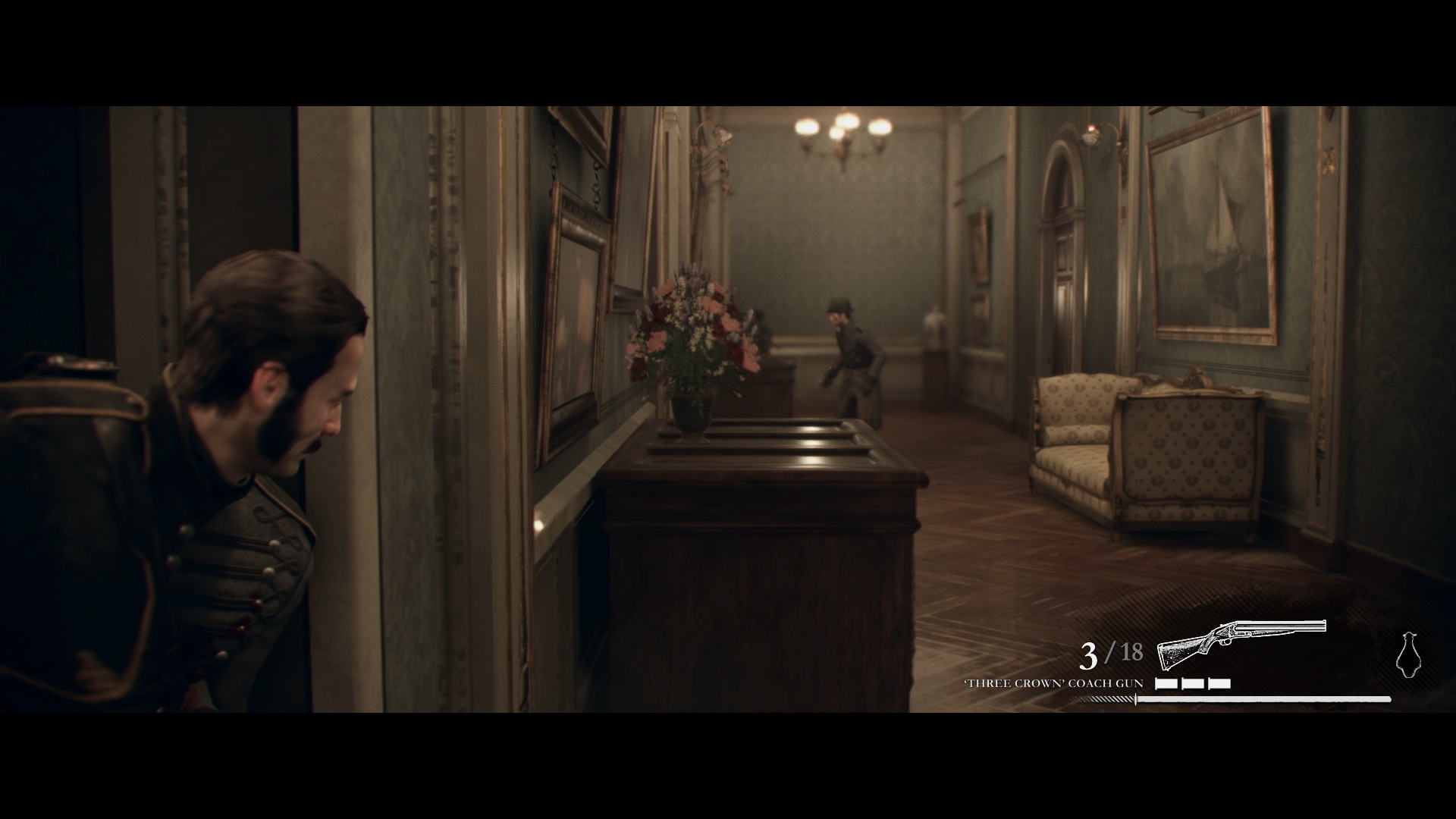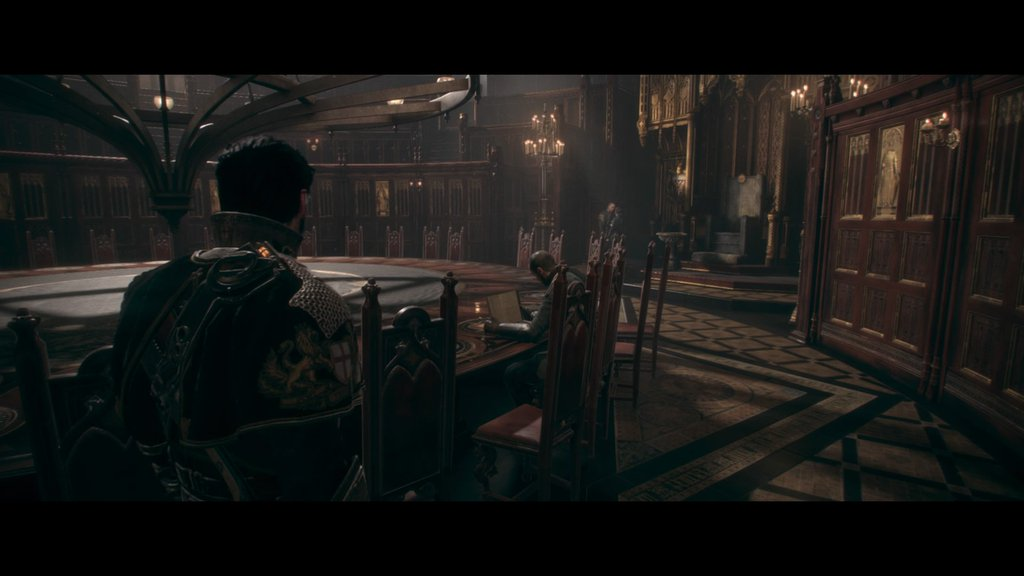D
Deleted member 13
Guest
Welcome to a discussion on what I think constitutes a game moving from 'last-gen' status to 'next-gen' status. The rules are pretty simple really and go back to the graphics engines themselves and what iterations the developer wants to incorporate into the engine.
All graphics engines are bound by whatever the GPU allows. You can go around this but it's highly unwise to do so as you'll end up choking the graphics pipeline and sacrificing a lot of performance. Therefore one way of getting a clear signal of what 'next-gen' means is seeing tech demos that come out right after new hardware has been released. Some generations the GPU is just made more powerful to allow for more complex operations but no new radical design.
We see this in last generation's consoles as Physically-Based Materials (PBR) became a thing:
Here's a sample of what Disney started and a sure thing that every developer implemented in their own shading pipeline. It's essentially using a more accurate material-based algorithm that makes materials look realistic:

Here is a game that shocked the gaming community on how beautiful it looked as these guys used PBR with excellent results:
The Order 1866 :


And then Assassin's Creed: Unity


NOTE: There are still a couple of shaders that are TOO expensive for today's hardware to render in that Disney list : SSS and Anisotropic materials are still very demanding on hardware and isn't used in the conventional way as it should be.
Now that we've mastered materials for assets and getting a proper look for last gen what's the next best thing and why?
I'm going to delve into several rendering features that I would claim needs to be 'progressed' in a way that brings out better visuals than today. We've seen some of these features already this new generation : Ray-Traced Lighting and Geometry Detail.
I'm going to split out each of these rendering features into separate threads so we can all keep track of how they progress and what our expectations should be. But here is the list:
1) Lighting
2) Texturing
3) Volumetrics
4) Shadows
5) Procedural Texturing
6) Subsurface Scattering
7) Global Illumination
8) Ambient Occlusion
9) Geometry (i.e. Nanite, Tessellation)
10) Hair Rendering
In general, I would objectify 'next-gen' to mean an advancement in one or more of these features that wasn't present in the last generation. I'd prefer to have several features and not just 1 but for the sake of argument, I can identify with 1 feature being good enough provided that said feature makes a significant impact on the visuals overall. For example, I woudn't consider ray-traced reflections to be the sole ingredient to make a game next-gen, however I would say that having ray-traced ambient occlusion would since it will impact the overall visuals a lot more.
STAY TUNED for Lighting - the first graphics feature that people should evaluate when considering 'next-gen' visuals.
All graphics engines are bound by whatever the GPU allows. You can go around this but it's highly unwise to do so as you'll end up choking the graphics pipeline and sacrificing a lot of performance. Therefore one way of getting a clear signal of what 'next-gen' means is seeing tech demos that come out right after new hardware has been released. Some generations the GPU is just made more powerful to allow for more complex operations but no new radical design.
We see this in last generation's consoles as Physically-Based Materials (PBR) became a thing:
Here's a sample of what Disney started and a sure thing that every developer implemented in their own shading pipeline. It's essentially using a more accurate material-based algorithm that makes materials look realistic:

Here is a game that shocked the gaming community on how beautiful it looked as these guys used PBR with excellent results:
The Order 1866 :


And then Assassin's Creed: Unity


NOTE: There are still a couple of shaders that are TOO expensive for today's hardware to render in that Disney list : SSS and Anisotropic materials are still very demanding on hardware and isn't used in the conventional way as it should be.
Now that we've mastered materials for assets and getting a proper look for last gen what's the next best thing and why?
I'm going to delve into several rendering features that I would claim needs to be 'progressed' in a way that brings out better visuals than today. We've seen some of these features already this new generation : Ray-Traced Lighting and Geometry Detail.
I'm going to split out each of these rendering features into separate threads so we can all keep track of how they progress and what our expectations should be. But here is the list:
1) Lighting
2) Texturing
3) Volumetrics
4) Shadows
5) Procedural Texturing
6) Subsurface Scattering
7) Global Illumination
8) Ambient Occlusion
9) Geometry (i.e. Nanite, Tessellation)
10) Hair Rendering
In general, I would objectify 'next-gen' to mean an advancement in one or more of these features that wasn't present in the last generation. I'd prefer to have several features and not just 1 but for the sake of argument, I can identify with 1 feature being good enough provided that said feature makes a significant impact on the visuals overall. For example, I woudn't consider ray-traced reflections to be the sole ingredient to make a game next-gen, however I would say that having ray-traced ambient occlusion would since it will impact the overall visuals a lot more.
STAY TUNED for Lighting - the first graphics feature that people should evaluate when considering 'next-gen' visuals.










